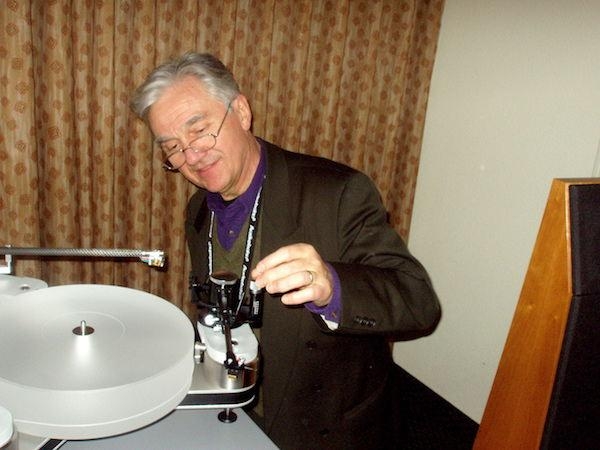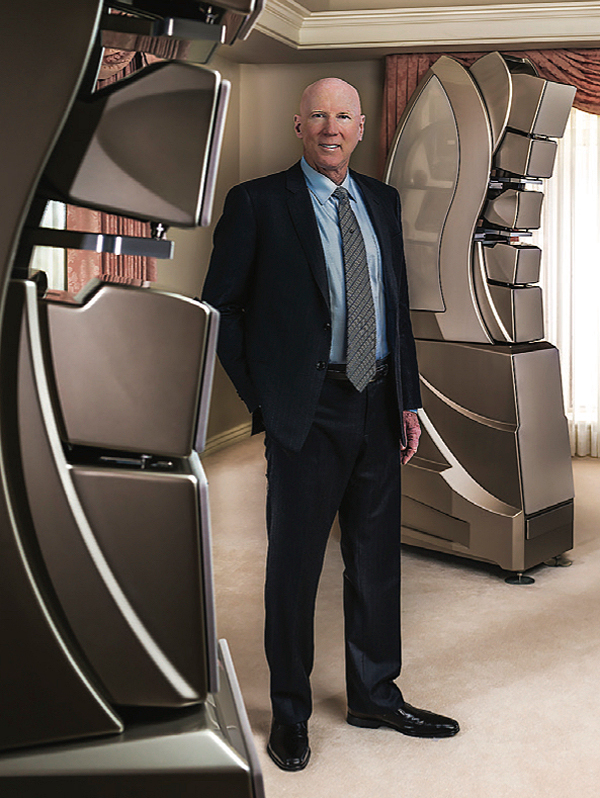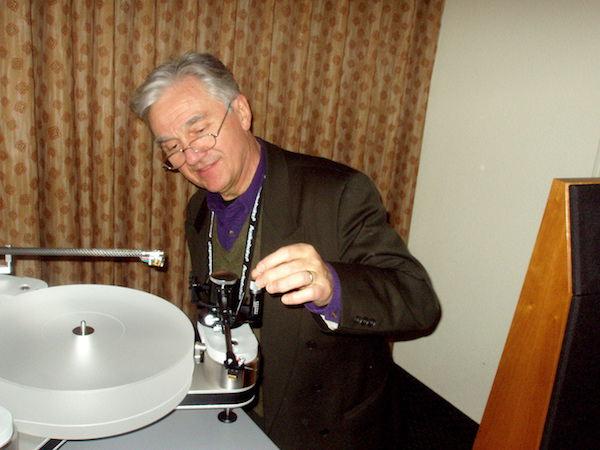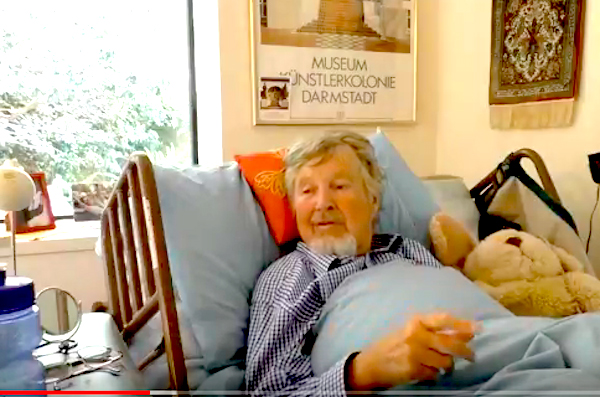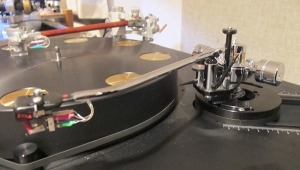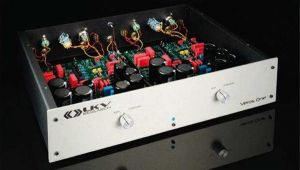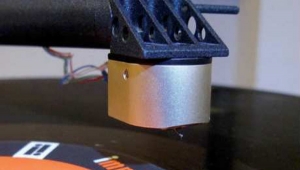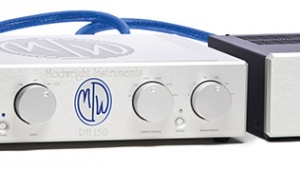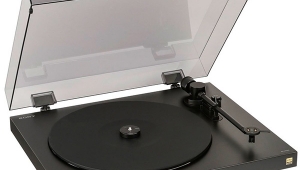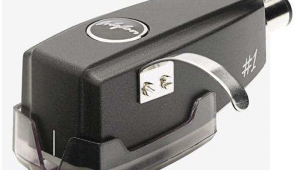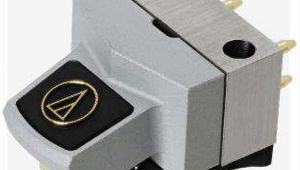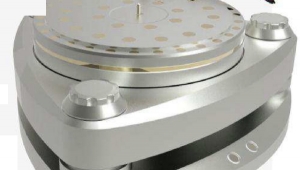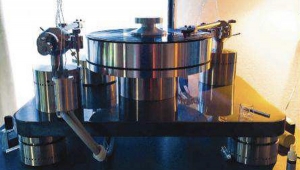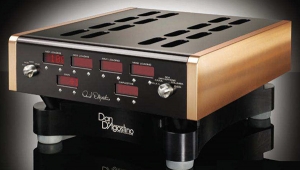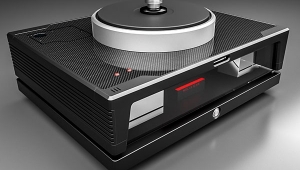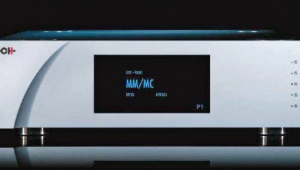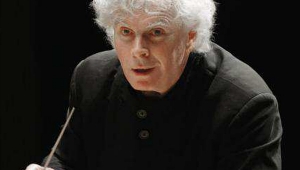| Columns Retired Columns & Blogs |
Hi
Me too. I "never did", never do & never will "adjusted to the lower distortion of solid state amps since day one.
Incidentally I got donated a Dynaco PAS-2 some 10 years back, which I thoroughly upgraded including replacing the entire basic HV power supply with a hi-teck stabilized HV supply. It sounded much much better than its original factory version. Transparent & fast !
That said, it is now only a show item as it was replaced some years back by my design/built all-triode phonostage+linestage using PASSIVE RIAA EQ. Needless to say, my home brew unit beats the crap out of my upgraded
Dynaco, sonically !
Like it or not, our ears love the higher measured distortion of tube amps vs any solid state amps, IMO.
Listening is believing
Jack L
